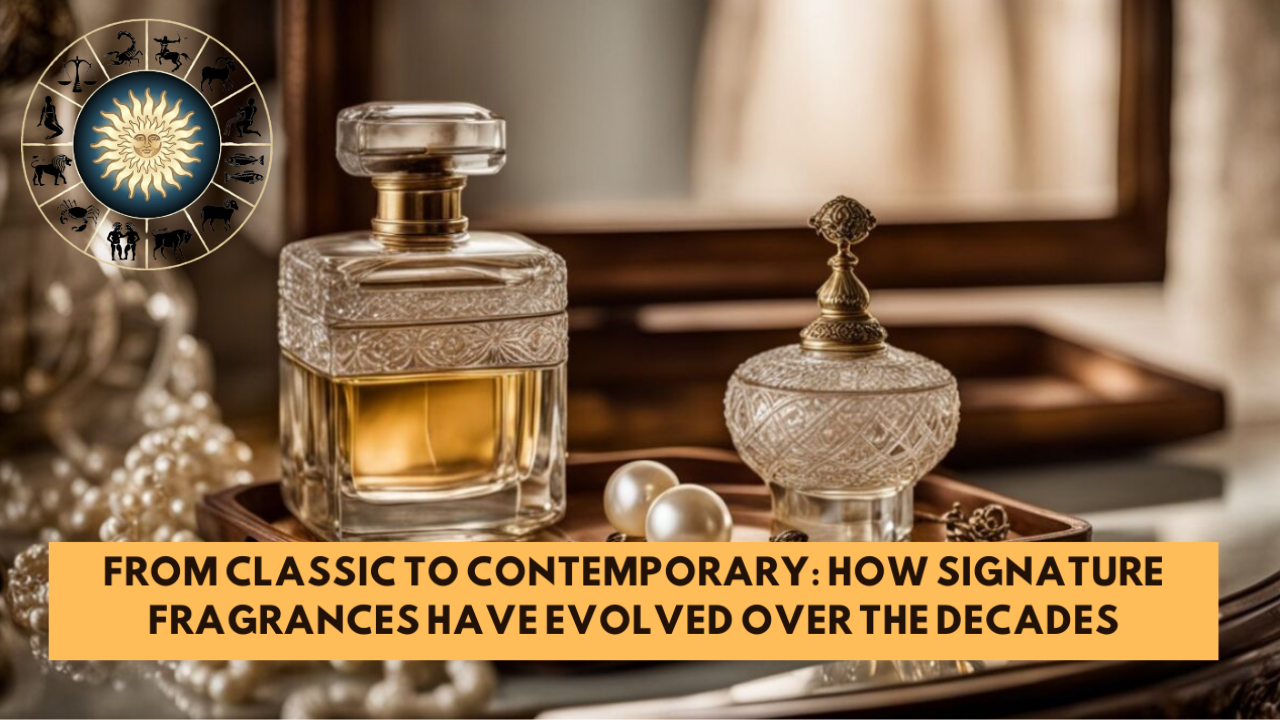Have you ever wondered how the signature fragrances of today compare to those of the past? Fragrances have come a long way, evolving from simple, classic scents to complex, contemporary creations that reflect modern tastes and technologies. In this journey through time, we’ll explore how signature fragrances have changed, how they reflect societal shifts, and what the future might hold for this olfactory art form.
The Classic Fragrance Era
Signature fragrances began their journey in the early days of perfumery. Classic fragrances often featured rich, bold notes that were designed to leave a lasting impression. Think of iconic scents like Chanel No. 5 or Dior’s J’adore. These perfumes were characterized by their complex compositions, combining floral, woody, and spicy notes to create something timeless. During this era, perfumes were crafted with a deep understanding of traditional scent profiles, which gave them their distinctive and memorable qualities.
Ingredients and Techniques
Classic perfumes were made using natural ingredients, such as rose, jasmine, and sandalwood. The art of blending these elements was a meticulous process that required a deep knowledge of each ingredient’s characteristics. Techniques were passed down through generations, with perfumers often relying on their senses to achieve the perfect balance.
The Rise of Contemporary Fragrances
As society progressed, so did the art of perfumery. The contemporary fragrance landscape is marked by innovation and experimentation. Today’s fragrances often push boundaries, incorporating synthetic ingredients alongside traditional ones. This shift has allowed perfumers to create scents that are not only unique but also reflect modern tastes and lifestyles.
Innovation in Ingredients
Modern perfumery has embraced synthetic ingredients, which offer new possibilities for scent creation. These components can replicate rare natural ingredients or produce entirely novel smells. The use of synthetic materials has led to the development of fragrances that are more versatile and accessible, catering to a broader audience.
Scent Personalization and Technology
One of the most exciting developments in contemporary fragrance is personalization. Advances in technology allow consumers to create custom scents tailored to their individual preferences. Companies now offer bespoke fragrance services where you can choose from a wide array of ingredients to design your signature scent. This trend reflects a growing desire for personal expression and individuality in fragrance choices.
The Impact of Cultural Shifts
The evolution of signature fragrances is also a reflection of cultural changes. Classic fragrances often embodied the values and aesthetics of their times, while contemporary scents can mirror current social trends and values. For instance, the rise of eco-consciousness has led to the popularity of natural and sustainable ingredients in modern perfumes.
Sustainability and Ethical Considerations
Today’s consumers are increasingly concerned with the environmental impact of their choices. This has prompted many fragrance brands to adopt sustainable practices, such as using eco-friendly packaging and responsibly sourced ingredients. The emphasis on ethical considerations is shaping the future of perfumery, aligning with broader societal values.
Conclusion
From their classic origins to the innovative creations of today, signature fragrances have undergone a remarkable evolution. This journey reflects not only advances in perfumery techniques but also broader cultural and societal shifts. As we look to the future, it’s clear that the art of fragrance will continue to evolve, blending tradition with modernity to create new and exciting olfactory experiences.
For more ideas, Health, and Diet tips and tricks, please visit us at Supportive Care Options.
FAQs
What is a signature fragrance?
A signature fragrance is a unique scent that represents an individual’s personal style or identity. It’s often a fragrance that someone wears regularly and becomes closely associated with them.
How have fragrance ingredients evolved over time?
Fragrance ingredients have evolved from purely natural elements to include synthetic compounds. This shift has allowed perfumers to create more diverse and innovative scents while maintaining classic notes.
What are some examples of classic fragrances?
Classic fragrances include Chanel No. 5, Dior J’adore, and Guerlain Shalimar. These perfumes have remained popular for decades due to their timeless and sophisticated compositions.
How can I personalize my own fragrance?
Personalizing your fragrance typically involves selecting from a range of ingredients and working with a perfumer or fragrance brand that offers bespoke services. You can create a scent that reflects your personal preferences and style.
What trends are shaping modern perfumery?
Current trends in perfumery include the use of sustainable and eco-friendly ingredients, personalized fragrance options, and innovative scent combinations that reflect contemporary tastes and values.

